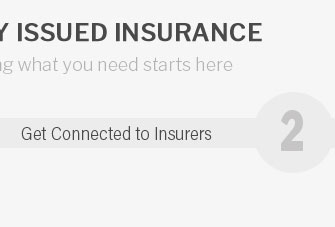 |
 |
 |
|---|
 |
 |
 |
 |
|---|
 |
 |
 |
 |
 |
 |
|---|

Understanding Average Maryland Car Insurance RatesWhen it comes to car insurance in Maryland, there’s a plethora of factors that contribute to what one might consider 'average' rates. As drivers traverse the scenic roads of this vibrant state, from the bustling streets of Baltimore to the serene landscapes of the Eastern Shore, they carry with them the need for adequate auto insurance. The average car insurance rate in Maryland is shaped by numerous elements, including but not limited to, the driver's age, driving history, type of vehicle, and even their credit score. Interestingly, Maryland's average insurance premiums are often higher than the national average, a point that intrigues many. Why is this the case? Several reasons come into play. For one, Maryland's relatively high population density means more vehicles on the road, leading to a statistically higher chance of accidents and claims. Insurance companies, cognizant of this risk, adjust their rates accordingly. Moreover, the state’s laws and regulations, which are designed to protect consumers, also affect premium calculations. Delving into the specifics, we find that urban areas like Baltimore generally have higher rates compared to more rural regions. This disparity is attributed to the increased traffic congestion, higher likelihood of theft, and greater risk of accidents in densely populated areas. Conversely, drivers in less populated areas may enjoy lower premiums, reflecting the reduced risks associated with rural driving. It is crucial to consider the impact of one's personal profile on insurance costs. Younger drivers, for instance, often face steeper premiums. Insurance companies, drawing on statistical analyses, associate youth with higher accident rates. Thus, a 20-year-old driver in Maryland might pay significantly more than a seasoned driver in their 40s. Similarly, a clean driving record can be a boon, potentially lowering premiums substantially as insurers reward safe drivers with better rates. The type of vehicle also plays a pivotal role. Luxury and high-performance vehicles typically incur higher insurance costs, not only because they are more expensive to repair or replace but also because they might be more prone to theft. Conversely, a modest, reliable sedan might be easier on the wallet in terms of insurance. Interestingly, credit scores, though sometimes controversial, are a factor many insurers in Maryland consider. A higher credit score may reflect financial responsibility, leading to more favorable rates. However, this practice is not without its critics, who argue that it can disadvantage those in lower income brackets.
In conclusion, while the average car insurance rates in Maryland may seem daunting at first glance, understanding the underlying factors can empower consumers to make informed decisions. By carefully evaluating personal circumstances and exploring different insurance providers, Maryland drivers can navigate the complexities of car insurance with confidence, ultimately securing a policy that balances both coverage and cost-effectiveness. This nuanced understanding not only fosters better financial decisions but also enhances one's peace of mind on the road. https://www.nerdwallet.com/article/insurance/cheapest-car-insurance-in-maryland-md
Meanwhile, the average cost of full coverage car insurance in Maryland is $2,751 per year, or about $229 per month. Minimum coverage in Maryland is $1,100 per ... https://www.bankrate.com/insurance/car/average-cost-of-car-insurance-in-maryland/
For minimum coverage, drivers pay an average of $1,000 per year, which is significantly higher than the national average of $678. Full coverage policies in ... https://www.reddit.com/r/maryland/comments/169t3wf/is_2k_for_6_months_of_car_insurance_for_a_22m/
Maryland is also very expensive when it comes to auto insurance. ... what would you say is the average 6 month rate for youthful drivers?
|
|---|